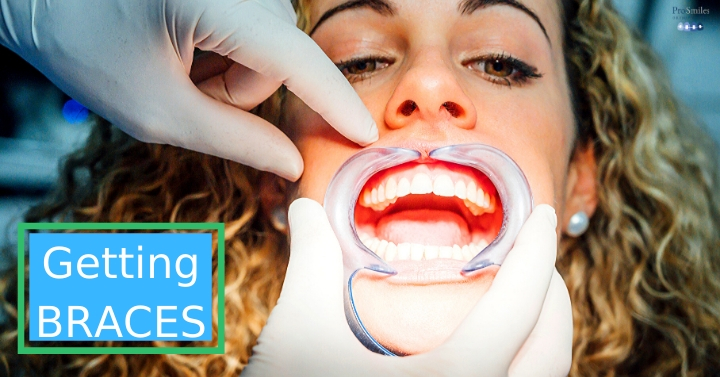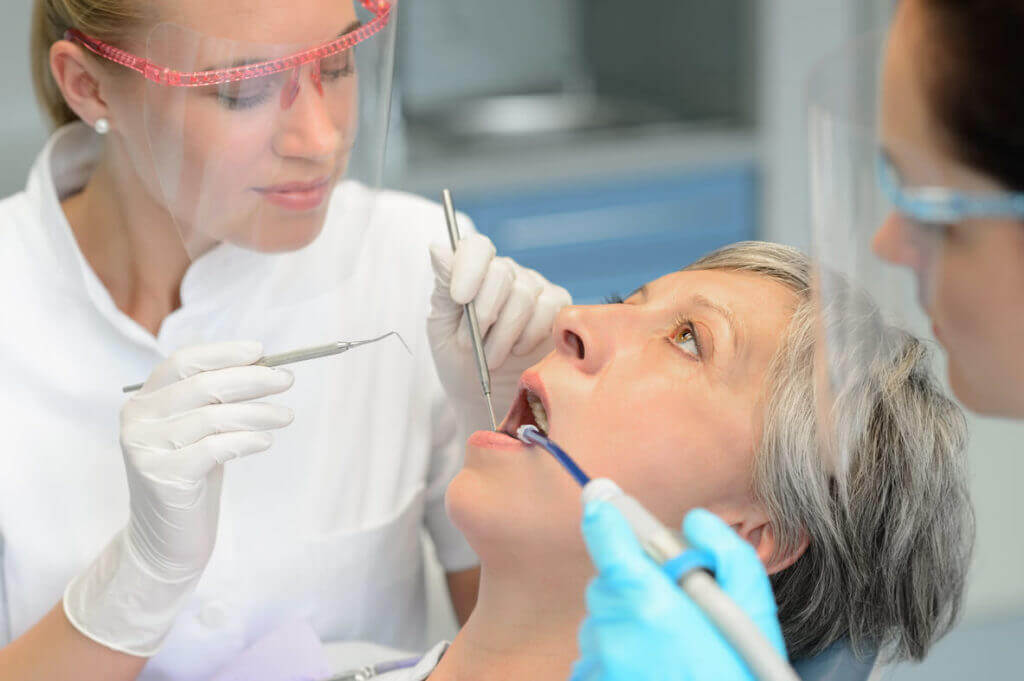The 6-Minute Rule for Legacy Orthodontics
The 6-Minute Rule for Legacy Orthodontics
Blog Article
The Definitive Guide for Legacy Orthodontics
Table of ContentsUnknown Facts About Legacy OrthodonticsThe Facts About Legacy Orthodontics UncoveredGetting My Legacy Orthodontics To WorkFascination About Legacy OrthodonticsLegacy Orthodontics - The Facts
In enhancement, we offer flexible treatment routines, flexible payment alternatives and a fun, pleasurable experience.An orthodontist is a dentist educated to identify, protect against, and deal with teeth and jaw abnormalities. Orthodontists function with individuals of all ages, from youngsters to grownups.
Malocclusion, or misaligned teeth, can lead to oral concerns, consisting of tooth decay, periodontal condition, and hard or unpleasant eating. However not everybody is born with straight teeth. If you have a negative bite or big spaces between your teeth, you might desire to consult a dental professional focusing on orthodontic care.
Some Of Legacy Orthodontics
( Picture Credit History: DigitalVision/Getty Images) Orthodontists make use of fixed and detachable dental devices, like braces, retainers, and bands, to change the position of teeth in your mouth. Orthodontic treatment is for oral abnormalities, including: Crooked teethBite issues, like an overbite or an underbiteCrowded teeth or teeth that are as well much apartJaw misalignmentThe goal of orthodontic treatment is to boost your bite.
A healthy and balanced bite guarantees you can eat, chew, and talk appropriately. While you may think about orthodontists as primarily for children or teenagers who need braces, they can fix oral problems at any age. Orthodontists go to university, dental school, and orthodontic institution. After graduation, they invest 2 or 3 years in an orthodontic residency program.
, but not all dentists are orthodontists. They concentrate on two areas: How to effectively and securely move teeth How to correctly direct growth in the teeth, jaw, and faceOnce an orthodontist has finished training, they have the alternative to come to be board certified.
The smart Trick of Legacy Orthodontics That Nobody is Discussing
Imbalance, or malocclusion, is one of the most common factor people see an orthodontist. It is genetic and is the outcome of size distinctions in between the upper and reduced jaw or in between the jaw and teeth. Malocclusion leads to tooth overcrowding, a misshapen jaw, or uneven bite patterns. Malocclusion is typically treated with: Your orthodontist affixes metal, ceramic, or plastic square bonds to your teeth.
If you have only minor malocclusion, you may have the ability to utilize clear braces, called aligners, rather of standard dental braces (https://justpaste.it/i3u89). Some individuals require a headwear to assist move teeth right into line with stress from outside the mouth. After dental braces or aligners, you'll need to wear a retainer. A retainer is a customized gadget that keeps your teeth in place.
They can create extra space in the mouth without having to draw teeth. Orthodontists use cords, medical screws, or plates to sustain your jaw bone.
You may need to see an orthodontist if you have: Crowding or not sufficient room for every one of your teethOverbite, when your upper teeth come by your bottom teethUnderbite, when your bottom teeth are too far forwardSpacing or problems with gapsCrossbite, which is when your upper teeth fit behind your bottom teeth when your mouth is closedOpen bite or an upright space in between your front bottom and blog here upper teethMisplaced midline, when the facility of your bottom and top teeth don't align Correcting a dental malocclusion can: Make biting, chewing, and speaking easierImprove the balance of our face and your total appearanceEase discomfort from temporomandibular joint problemsSeparate your teeth and make them much easier to cleanse, assisting stop tooth degeneration or cavities It's usually a dental practitioner who first notices misaligned teeth during a regular test.
The Ultimate Guide To Legacy Orthodontics

Throughout your very first orthodontic consultation, you'll likely have: A dental examPhotos taken of your face and smileDental X-raysPanoramic (360 degree) X-rays of your face and headImpressions to create mold and mildews of your teethThese tests will aid your orthodontist recognize exactly how to proceed with your therapy. orthodontist. An orthodontist is a dental expert that's had training to treat your teeth and jaw
An orthodontist is focused on your bite, so something like a cracked tooth would be handled by a dental professional. Orthodontists are focused on your bite, or the means your teeth fit with each other, and the straightness of your teeth.
Ever wondered just how stars always seem to have perfectly straightened teeth? The solution commonly depends on the competent hands of an orthodontist. What exactly does an orthodontist do? Orthodontists are oral specialists who concentrate on dealing with irregularities in the teeth and jaws. Their knowledge exceeds simply developing a beautiful smile; it reaches improving your overall oral health and feature.
The 5-Second Trick For Legacy Orthodontics

, orthodontists have a varied toolkit at their disposal. These reliable braces use a system of brackets bonded to the teeth and connected by wires.
Clear aligners, like Invisalign, are a popular alternative for patients looking for an extra very discreet treatment alternative. These removable trays are personalized to progressively shift the teeth's position. Headgear may be made use of together with braces or aligners to apply extra targeted forces, specifically for remedying jaw inconsistencies. In instances of narrow jaws, palatal expanders can be used to produce room for proper tooth positioning.
Report this page